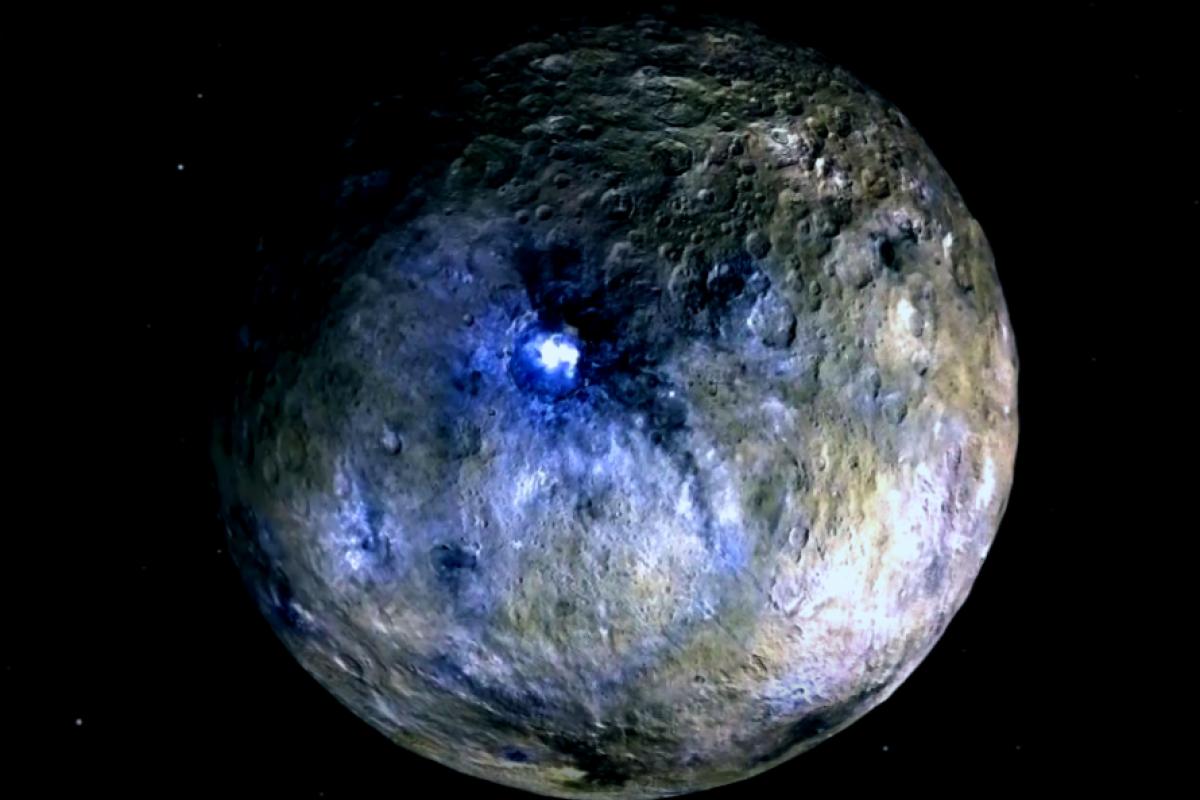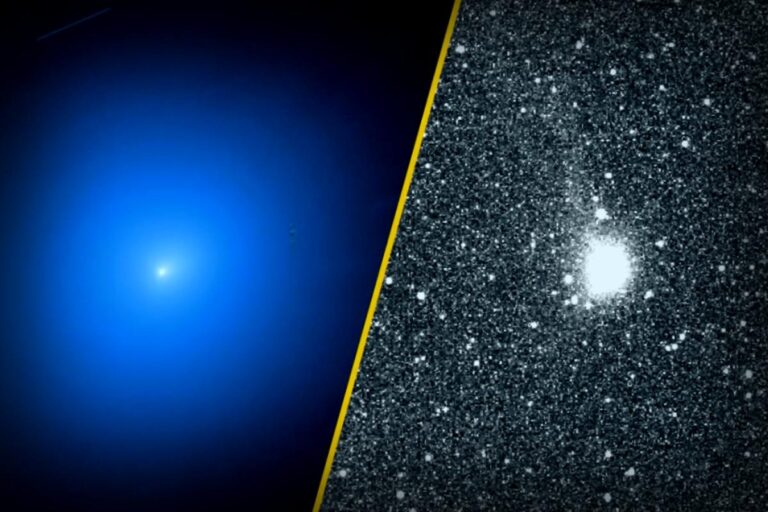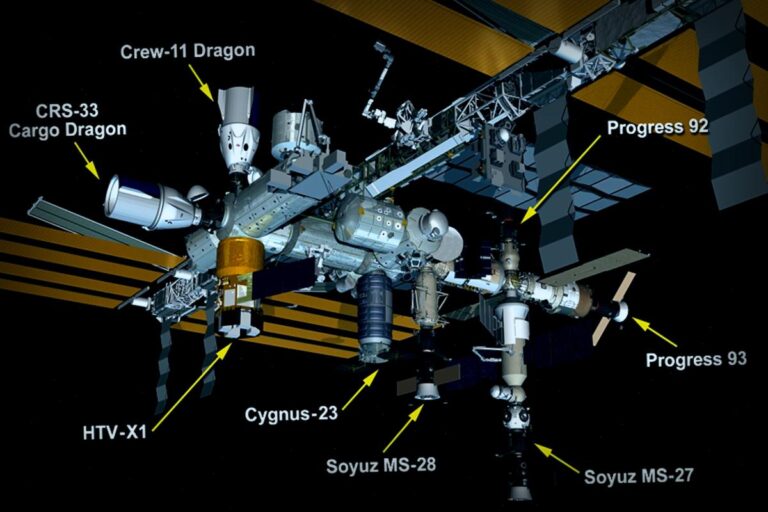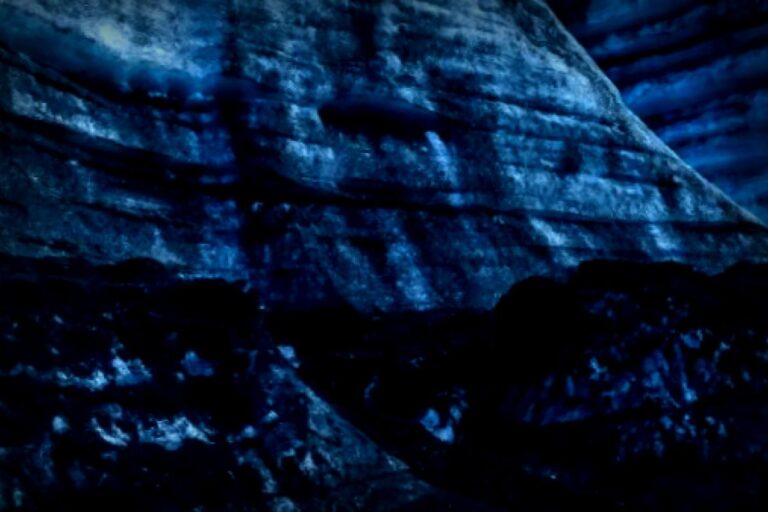Did Aliens Dwell in Our Solar System? New Insights!
New research suggests that alien life might have existed in our solar system!

According to NASA scientists, the dwarf planet Ceres—the largest object in the asteroid belt between Mars and Jupiter—might have had the right setup for life billions of years ago.
Findings from NASA’s Dawn mission show that Ceres was once home to a unique mix of underground water, organic molecules, and crucially, an energy source that might have supported life.
Nowadays, Ceres is pretty cold, but this fresh research reveals that in its past, there was likely a strong and lasting heat source that kept conditions favorable for life.
Data collected from NASA’s Dawn mission, which wrapped up in 2018, indicates that the bright spots we see today on Ceres’ surface primarily consist of salts from past liquid water that came up from beneath.
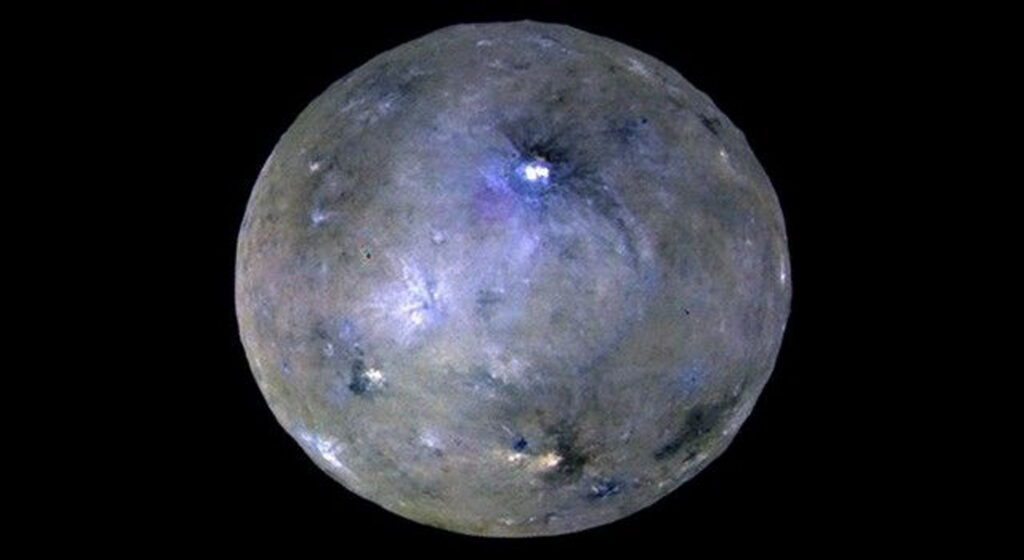
In further studies conducted in 2020, it was discovered that this liquid came from a massive reservoir of brine—or salty water—buried under Ceres’ surface. Additionally, research by the Dawn mission revealed the presence of organic materials, such as carbon molecules, which are necessary but not sufficient on their own to cultivate microbial life.
The research, published in the journal Science Advances on August 20, introduced models to analyze the temperatures and chemical make-up of Ceres’ interior through time.
The authors simulated conditions and found that around 2.5 billion years ago, Ceres might have enjoyed a warm subsurface ocean teeming with hot water and dissolved gases discharging from transformed rocks in its core.
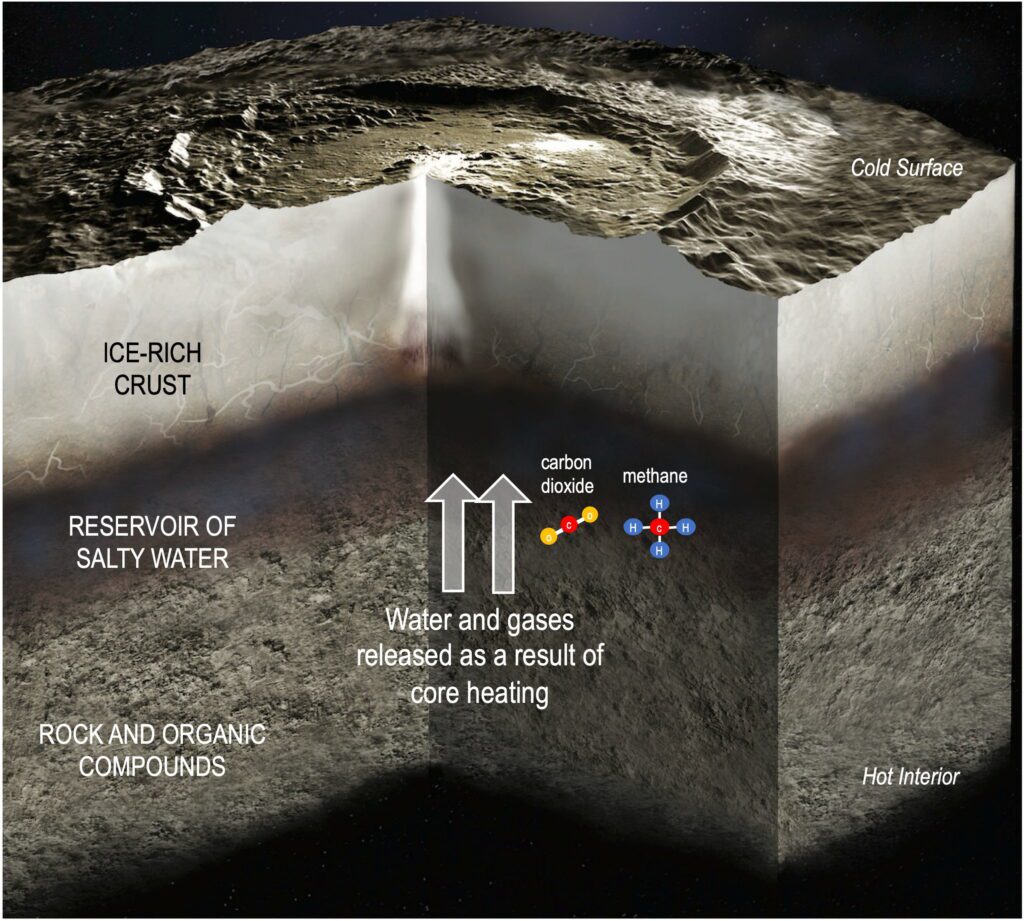
This heat likely originated from the decay of radioactive materials in Ceres’ rocky interior during its early years—an internal process that’s pretty common across bodies in our solar system.
According to Sam Courville, the study’s lead author, who is now at Arizona State University in Tempe (but worked with NASA’s Jet Propulsion Laboratory for the research),“There are many parallels with Earth, where hot water from deep below the surface fuels a thriving microbe buffet — full of chemical energy. If Ceres had similar hydrothermal activity in its past, it could change our understanding significantly.”
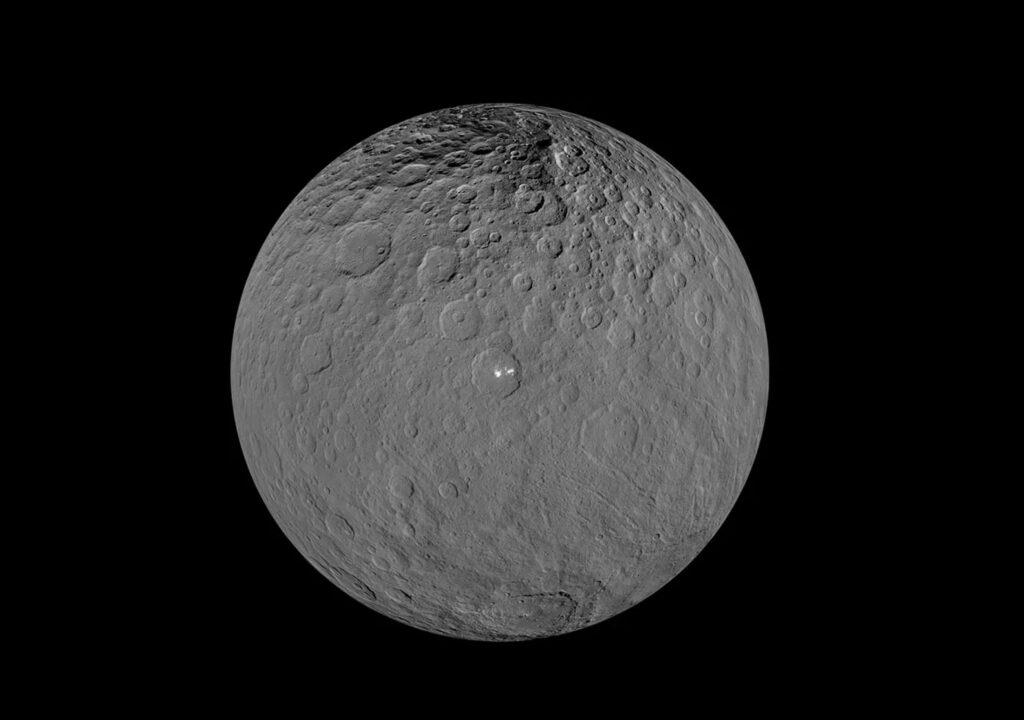
Further findings confirmed that the dwarf planet features organic carbon compounds—considered crucial building blocks for life. The models provide insights that, from about 2.5 to 4 billion years ago, Ceres had a warm interior filled with salty water which was constantly supplied with hot fluids from its rock core, driven by radioactive breakdown.
On Earth, such undersea environments can host vigorous microbial ecosystems. Even so, scientists haven’t found direct evidence of past life on Ceres. Nonetheless, the discovery of “food sources”—chemical energy nurturing metabolic processes—in its ancient oceans mean this dwarf planet may have been a temperate world.
Nasa JPL pointed out that today’s Ceres isn’t seen as a possible home to life. It’s far colder, has more ice and less liquid water than it did before. The heat from radioactive decay isn’t enough to prevent water from freezing, leaving it primarily as a concentrated brine.
They predict that the time when Ceres might have supported life happened between 0.5 to 2 billion years after its formation (around 2.5 to 4 billion years ago), when its core was at its hottest, feeding warm fluids into Ceres’ water layers.





